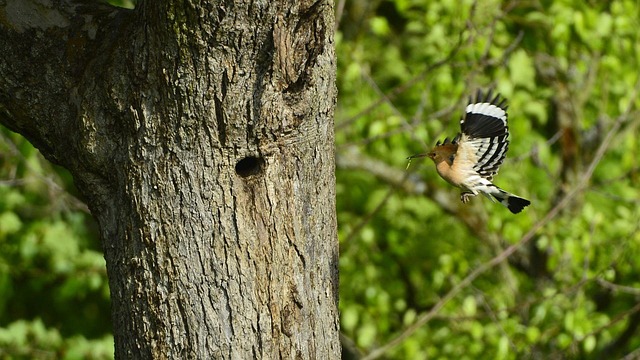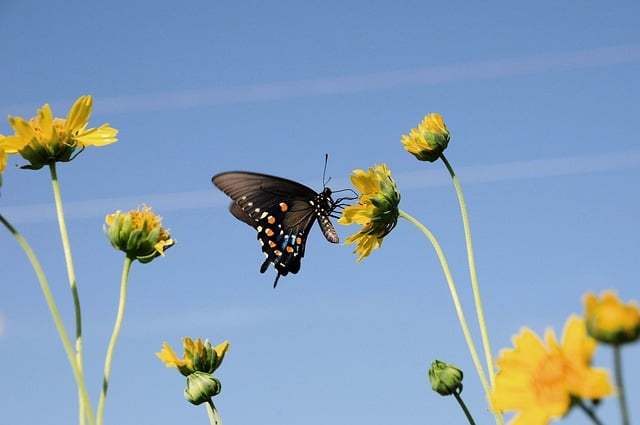Tomato to potato? To-mah-to to po-tah-to? Turns out, we can thank the tomato for our beloved potato.
A new study, published in Cell, has traced the genetic origins of our modern potatoes. The results show that a cross-breeding event eight to nine million years ago between an ancient tomato relative and another ancient plant gave rise to the first potato. That plant romance resulted in a gene combination that grew a thick, starchy tuber—the birth of the iconic spud we all know and love.
(How the potato went from banned to beloved.)
How researchers traced the potato’s lineage
More than just a delicious ingredient in our favorite meals, potatoes are the world’s third most important staple crop. They can grow by sticking part of a tuber in the ground, which grows into another plant—a clone of the first which can accumulate bad mutations over time.
The potato as we know it today contains many mutations that can make the plant more delicate. “We would like to purge them,” says Sanwen Huang, a genome biologist at Agricultural Genomics Institute at Shenzhen in China, who was involved in the study. He’s on a mission to develop a new hybrid potato, one that has fewer bad mutations and can also be grown from seeds, as opposed to modern potatoes, which cannot.
If more potatoes were grown from seeds, scientists could prune out the bad mutations, as well as the dangers from disease that clones are prone to. After all, no one wants another Irish Potato Famine.
(Meet the Lumper: Ireland’s new old potato.)

Countless Adventures for Curious Familes
Limited Time: Bonus Issue Offer
Subscribe now and gift up to 4 bonus issues—starting at $34/year.
Potatoes are in the plant genus Solanum, the same genus responsible for tomatoes, eggplants, and peppers, to name a few. It’s “one of the flowering plant genera that has more than 1,000 species,” explains Sandra Knapp, a plant taxonomist at the Natural History Museum in London, who was involved in the study.
Knapp is interested in finding the relationships between the plants in the genus, so she teamed up with Huang. “He’s interested in potatoes. We’re interested in Solanum,” Knapp says. “We realized that there was something interesting here.”
Using full genome sequences, Knapp and her colleagues constructed a family tree with six potato species and compared it with 21 other Solanum species. They also compared another 128 genomes to figure out just how closely potato species aligned with the other species.
Potatoes, they showed, are related both to the tomato group and to another group of plants called Etuberosum. “It’s a little tiny lineage, only three little species,” Knapp says.
You May Also Like
(Sinful. Poisonous. Stinky? How tomatoes overcame their wicked reputation.)
Above ground, Etuberosum look just like potatoes, but unlike the modern potatoes, ancient and modern Etuberosums and tomatoes can’t make tubers.
But when that ancient tomato and an Etuberosum crossed all those years ago, a hybrid group called “Petota” was formed. This new group gave way to the tuber.
The science of spuds
But if the ancient tomato and Etuberosum couldn’t produce tasty tubers, why could Petota? The scientists found the new group inherited a mix of genes from the two ancient plant groups that produced a strong spud. For example, the tomato donated SP6A, a gene that turns on tuberization (yes, that’s the technical term). Meanwhile, Etuberosum brought IT1 to the table, which controls tuber growth.
This genetic jumble came at just the right time. The tomato group of plants generally prefers hot and dry conditions, Knapp notes, while Etuberosum likes it cold and wet. But around 10 million years ago, the Andes mountain range began to rise up on the Western coast of South America.
The new heights offered conditions that were cold, but also dry. Petota’s energy-storing tubers “allowed these new plants to expand into these new environments in the high Andes,” Knapp explains.
The future of potatoes
Many times, hybridization doesn’t have a good outcome, notes James Mallet, an evolutionary biologist at Harvard University, who was not involved in the research.
“It’s not good to kind of make a mess of your genes like that,” he says. But “occasionally you will get weird combinations of genes that couldn’t have evolved within each lineage—it’s like you’re shaking the dice again.” Those new combinations could make a big difference if there are new habitats to colonize, possibly allowing new species to arise.
And arise they did. Today, there are 107 wild potato species.
Ole Seehausen, an evolutionary ecologist at the University of Bern in Switzerland, says the study is the first time someone has shown a key evolutionary invention—the tuber—produced by the hybridization of two species. Those tubers themselves, he notes, could have helped the potatoes succeed after that shake of the genetic dice.
Reproducing by tuber alone has its downsides for disease. But it also means the new Petota didn’t immediately need to mate to pass on its new genetic tangle. The ability to clone itself “allows hybrid lineages that….really cannot sexually reproduce, to still survive,” he notes, until it could regain fertility.
Huang hopes to use the new understandings of the tomato-to-potato path to potentially create healthier potato plants. He could use the tomato plant as a platform for new genes, and reintroduce them to the potato, he says, “as tomato is essentially free of deleterious mutations.”
In the end, he hopes to make potato seeds—human-driven hybridization to help our French fries clean out their harmful mutations.



